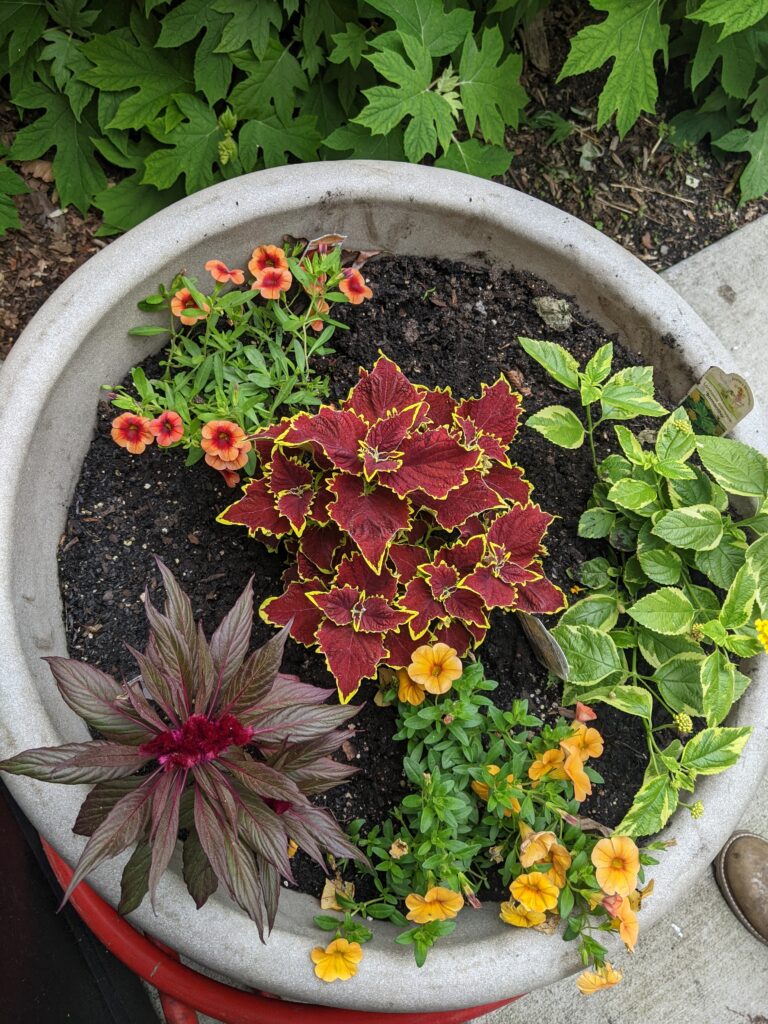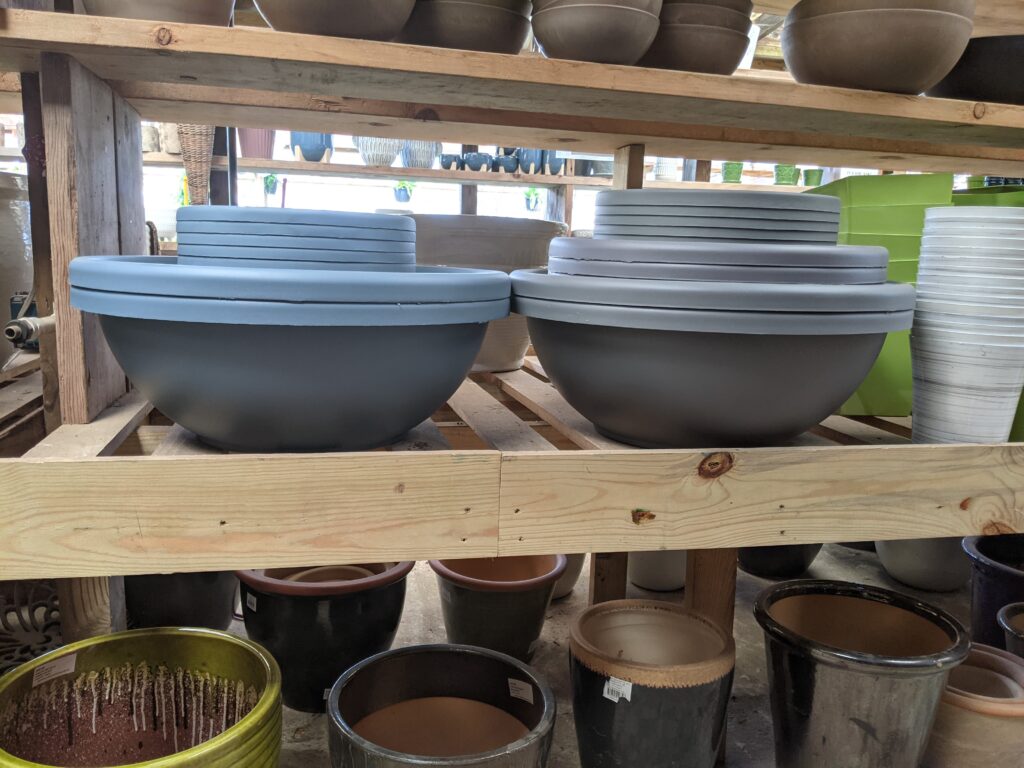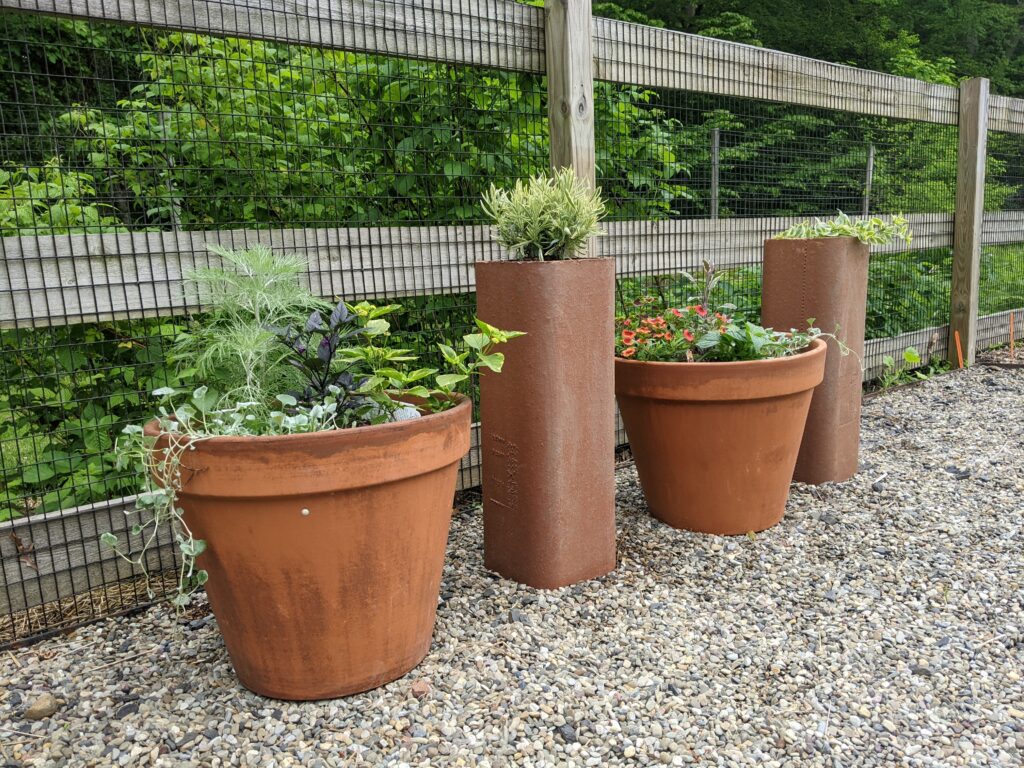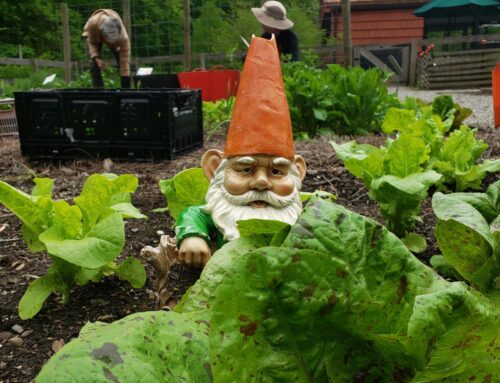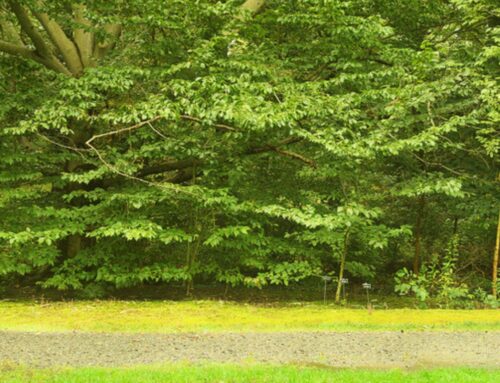We all want access to fresh, delicious food. And with climbing food prices, these items are often the first we cut when the budget gets tight. So this might be the perfect moment to get creative, and get growing – your own food that is!
However, not all of us have a huge yard we can turn into our own fruit and vegetable patch. If you are short on time or space, container gardening is a good alternative to growing plants in the ground. Containers can turn can space into a garden – a balcony, deck, patio, driveway, gravel, steps or unused walkways. You can use your creativity on your containers as well, and repurpose pots, baskets, boxes, barrel, boots, tubs and more for your veggies, herbs and flowers.
The benefits of containers gardening are numerous:
You can control the soil composition, move the pots around to take advantages of the weather, change the entire look of your space or highlight a seasonal or unique plant.
First thing to do is select a suitable container.
- All containers should be clean and non-toxic, contain at least one drainage hole. Generally, most plants will need six to eight inches for adequate root growth.
- A general rule is two-gallon containers tend to work best in most cases. It is important to remember that small pots dry out quicker and tend to blow over in windy weather. If you are in need a bigger pot, which tend to be heavier, you may want to use dollies or plant caddies (plant platforms with wheel).
- Placing saucers under your pots will prevent water stains on your concrete patio or wooden deck – good idea if you’re renting or plan to move.
- Elevating plants can help the drainage holes to work properly.
The following container size will best suit the following vegetables:
½ gallon – beets (planted 2-3 inches apart), Swiss chard and lettuce (planted 4-6 inches apart).
1 gallon– 1 cherry tomato
2 gallon – plant bush beans (plant 2-3 inches apart), and 1 bell pepper
5 gallon – cabbage (planted 12-18 inches apart), cucumbers (spaced 14-18 inches apart), 1 eggplant, 1 summer squash, one tomato, and sunflowers
3”-4” deep pots – chives, onions, strawberries, Parisian carrots, greens, lettuce, radish, rosemary, and oregano.
5”-6” deep pots – beans, garlic, peppers, eggplant, herbs, cucumbers, peas, cabbage, watermelon radish, baby beets, short to medium carrots (like ox heart or little finger), turnips.
8”-15” deep pots – daikon radish, tomatoes, pumpkins, parsnips, woodland herbs such as mints, balms, cohosh, and summer squash.
Second thing to do is to choose the right growing medium.
- Never use soil right from your garden. In our area the clay content will hold moisture and block air from the roots. In addition, garden soil may contain weed seeds, insects, or diseases.
- Fill your container with soilless mix. Potting soil alone is too light for the growing of vegetables. You can add 50% compost to your soilless mix. Compost has a similar benefit to slow-release fertilizers and increase the water-holding capacity of your mix.
- You can make your own growing medium with one part peat moss, one part garden loom, and one part perlite.
Third thing to do is select the best vegetables for container gardening. Most annual vegetables will work in a container with the exception of sweet corn (which needs numerous plants for pollination) and squash, pumpkins and melons which require more space than the average container can provide. That being said, there are bush-type vegetables which will work in a container such as bush-type squash, cucumbers and melons which will grow as compact bushes rather than sprawling vines. When choosing tomatoes, select determinate cultivars that grow to a predetermined height. Indeterminate tomatoes can grow too tall – though they can be kept in check with some pruning.
The fourth thing to do is plant in the right light and temperature. Most fruiting vegetables like full sun (6+ hours of direct sunlight each day). One way to accurately assess the amount of sunlight is to check every 30 minutes whether the sun directly hits the spot where you want to put your vegetable container garden, or you can use a sun calculator to get an accurate assessment.
The fifth thing to do is to plant with care.
- Cover the drainage hole in the bottom of the planter with a rock, coffee filter, screen, or piece of landscape fabric to prevent the soil from clogging the hole.
- Fill the container with soil medium until it is 3/4 full.
- Add trellis, wire cage, tepee, or bamboo stakes for vegetable support, if needed. To avoid damaging the plants or roots, put supports in place at the time of planting.
- Set your transplant on the mix and add potting mix to one inch below the rim. Note: Sow seeds and transplants to the depth and spacing stated on the seed packet or plant tag.
- Sprinkle slow-release fertilizer on the top of your soil mix. This will help your plantings get a good start.
- Put the container where it will receive the amount of sunlight it needs.
- Water thoroughly.
The sixth thing is to attend to ongoing care of your container garden(s).
- Check daily for moisture level to determine if watering is necessary. Put your finger down into the soil one inch. Do not allow the soil medium to dry out completely. Most containers will need daily watering and sometimes twice a day in extreme heat.
- Apply water until you see it run out of the hole(s) in the bottom of your container.
- One way to keep container plants adequately cool and moist during hot summer days is to place a smaller pot inside a larger one and fill the space between them with sphagnum moss or crumpled newspaper. When watering the plant, also soak the filler between the pots. Check the filler often to make sure pests are not hiding there.
- Fertilize with fish emulsion or liquid seaweed every couple of weeks at the dilution recommended on the bottle. If you have a soil mix with added fertilizer you will not need fish emulsion or liquid seaweed for eight to ten weeks.
- Periodically check your vegetables for insects and disease.
- Harvest vegetables when ripe, so the plant will continue to set more fruit.
The seventh thing to do is enjoy the harvest and share it with your neighbors. Maybe invite them over to dinner. We could all use some fresh food – and a little community – in our lives.
To feel part of the container community and to get new ideas, please stop by Lucille’s Garden and see what we have done in the way of container gardening.


